Adding photos to blog articles – do it right!
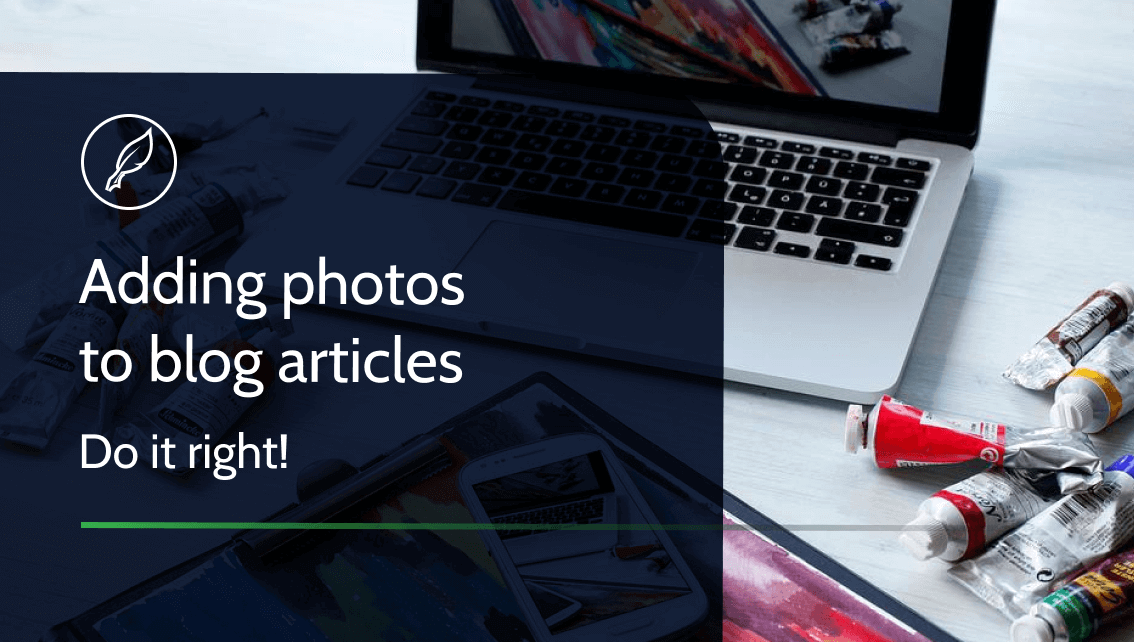
Blogging has something to do with dating, believe us! In case of both, the first impression is essential. An article without a picture is like a solid, dull block of text… and that is what it really is. For this reason, it is worth taking care of graphics that will catch recipient eye and encourage reading. The following guide describes how to properly add photos to articles, thanks to which you will increase the attractiveness of your blog without slowing your website down. Yes, it is possible – read the text below and find out!
Where to get photos for blog articles?
There are many websites on the Internet that offer photos free to download and use, even for commercial purposes.
It is true that some of them require license annotations, but another allow you to insert a photo even without mentioning its author. The representative of the first type, among others, is Foter, while the example of the second one is Pixabay .
After typing the specific word in the search engine you will receive a lot of graphics that can be applied to your articles. You may find all kind of photos there: animals, business and even ones from the most niche topics, such as copywriting.
Which size of photo to download?
However, in order not to slow down the page with photo that has to load, the appropriate graphic resolution is crucial. Too low one will result in poor quality, while too high increase the loading time of the article (which may affect not only the reader comfort, but also the website visibility in the search engine).
For the most websites, it is best to choose M image size which width is approximately 1290 px.
To low width (usually below 1000 px) may not fill the available space completely, while too big one will increase the number of details which to the problem mentioned above – long loading time. Remember that most blog websites prefer horizontal photos. Downloading a photo in the right resolution is not enough.
It is good to „slim down” the graphics using special tools such as TinyJPG which reduce the photo size without loss in quality.
Correctly adding photos to blog articles
After selecting, downloading and processing the graphics, you can move on to the publication stage. In almost every CMS it is a child’s play limited to clicking “Select featured image” or “Set main image” in the text editor.
This is where the work could be done, however, professional bloggers are interested in one more issue – SEO optimization. In terms of graphics, the alternative text (that is the content that is displayed when the browser does not load the image for various reasons) should include the key phrase in it.
The title of the photo itself can also be limited to the key phrase as it is usually related to the graphic. Correctly configured alternative text increases the visibility of the article in the search engine and – more specifically – in the Google Graphics.
See also
At this stage, the article already has an attractive, eye-catching featured image which is additionally better positioned. However, does our work really end on adding one graphic?
How many photos to add to the article?
We already know that the cover photo is a must as it encourages reading, generate website traffic and attract more readers. The decision on whether to add additional images or not depends on the topic, specificity, as well as the length of the text.
There is no doubt that additional photos make your content more attractive and can improve your position in the search engine ranking.
This is due to the fact that blocks of texts are separated, thus increasing the clarity and readability of the article. In addition, infographics are a great way to improve the quality of the substantive value, as well as increase recognition in the eyes of recipients.
The disadvantage is, of course, the higher workload in creating
Summary
- If you had read this article carefully, then you already know how to add photos to articles and most of all – how to do it correctly.
- It remains to explore a few other aspects of formatting, such as adding headings or internal linking.
- Such actions carried out in an appropriate manner significantly increases the professional reception of the article, as well as the business effects that result from them.

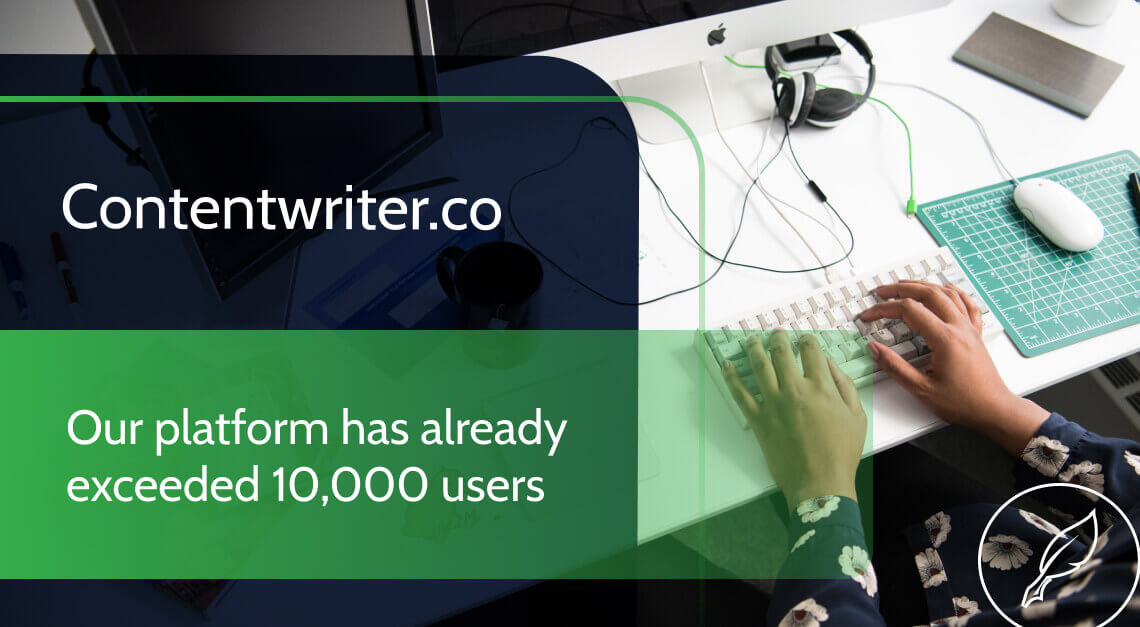

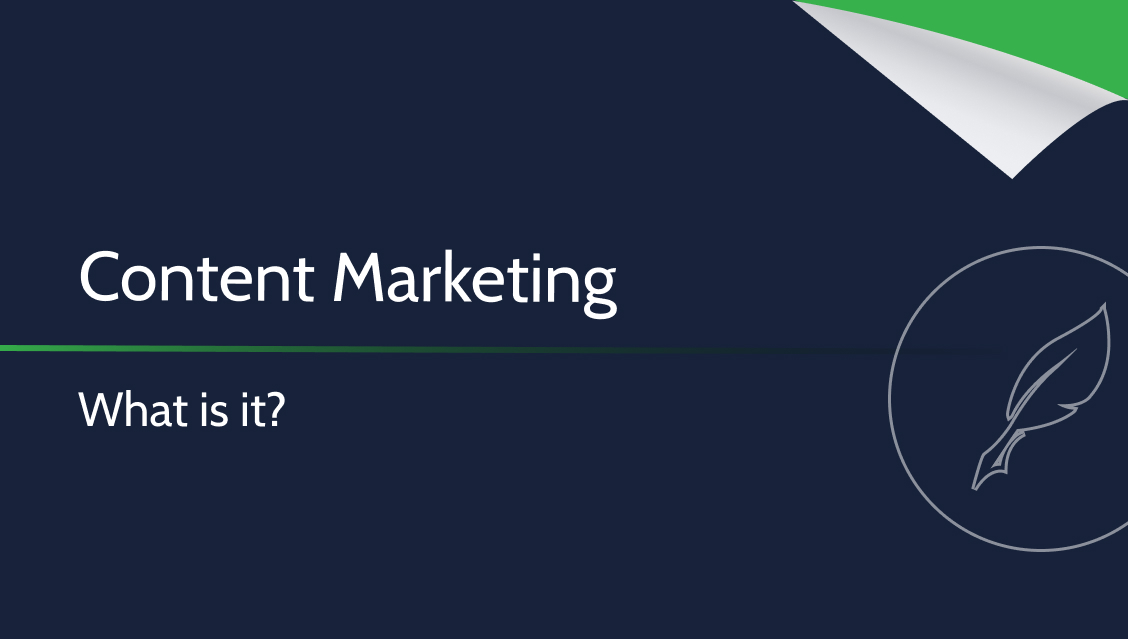

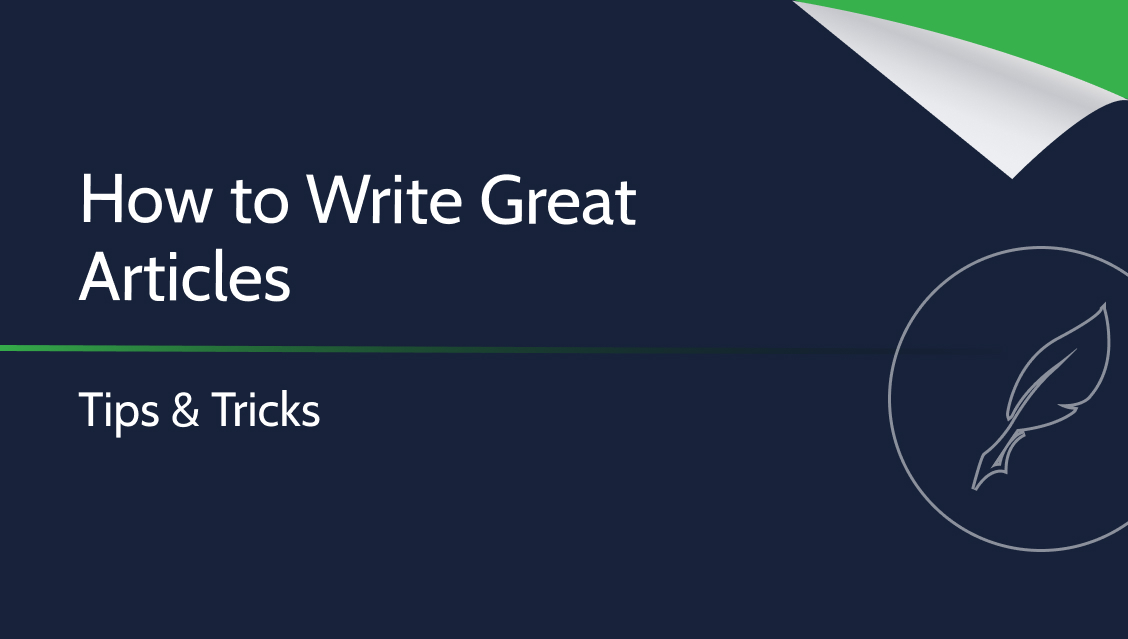
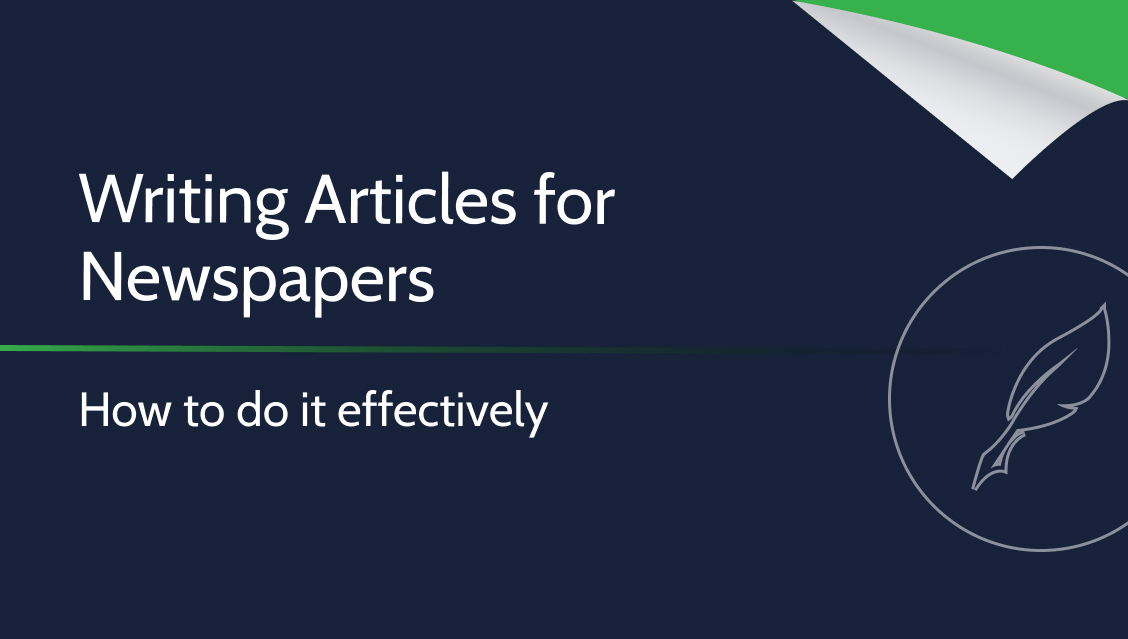
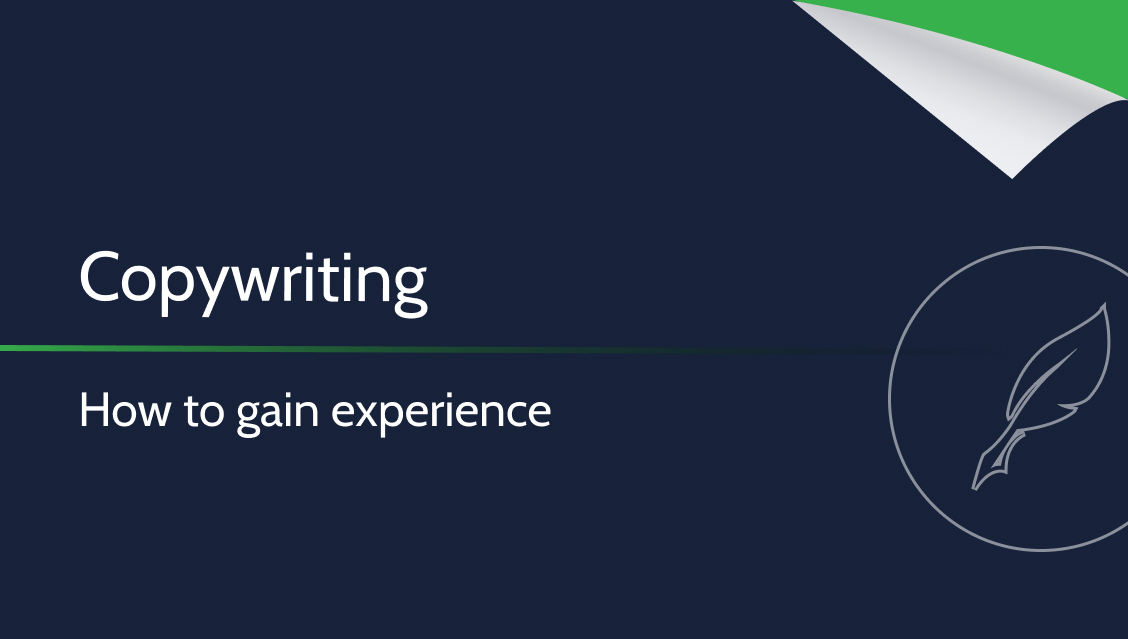

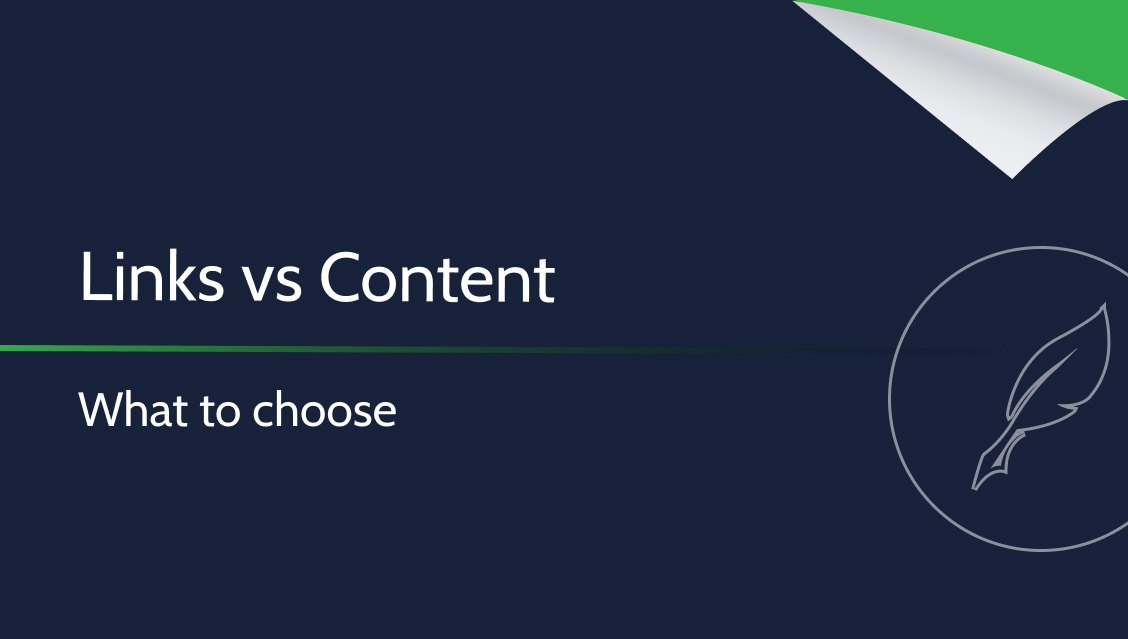





Leave a Reply